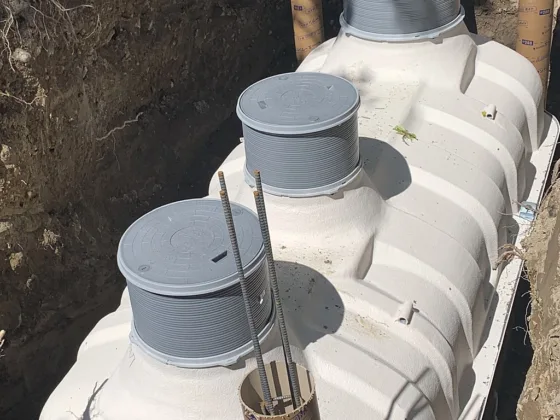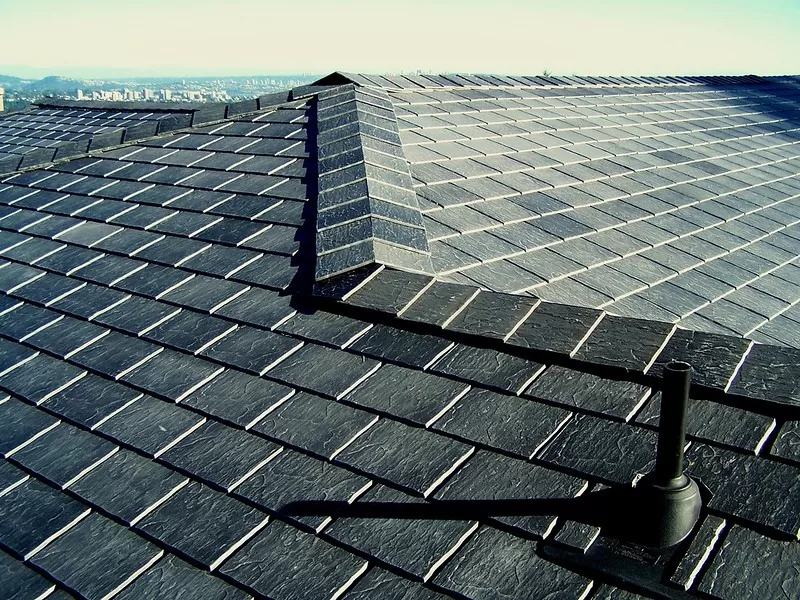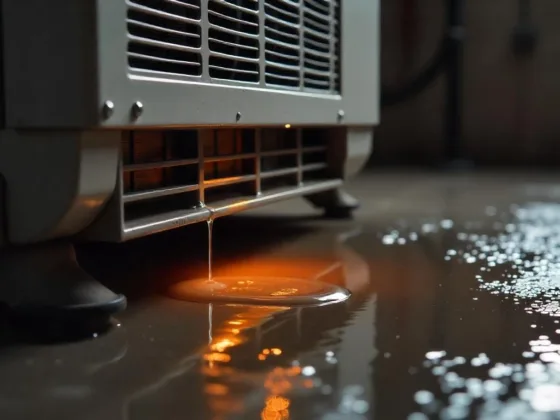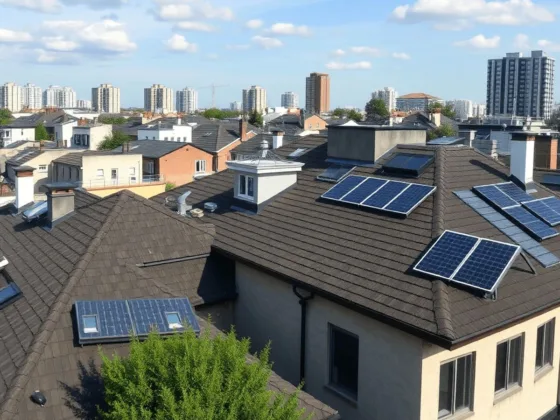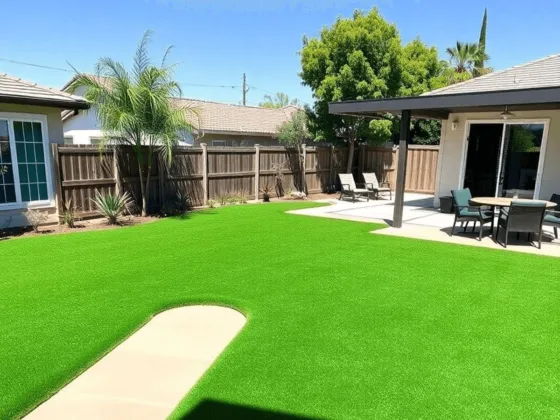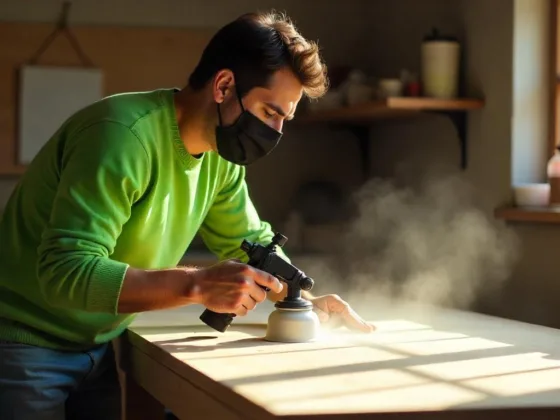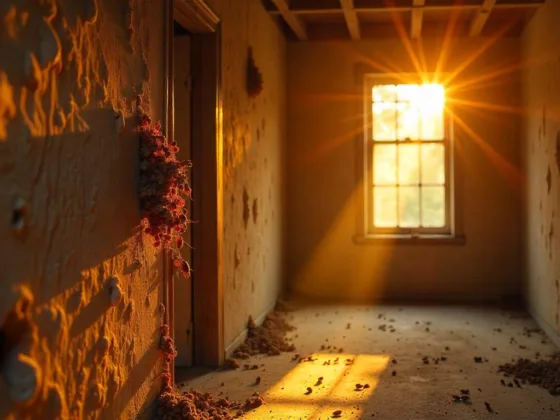Pothos is a type of vine that is known for being very easy to care for. They can be grown in a wide range of soil types, but they prefer soil that is slightly acidic and well-draining.
A good potting mix for pothos should contain a mix of peat moss, perlite, and vermiculite. You can also add some compost or bark chips to the mix to provide extra drainage.
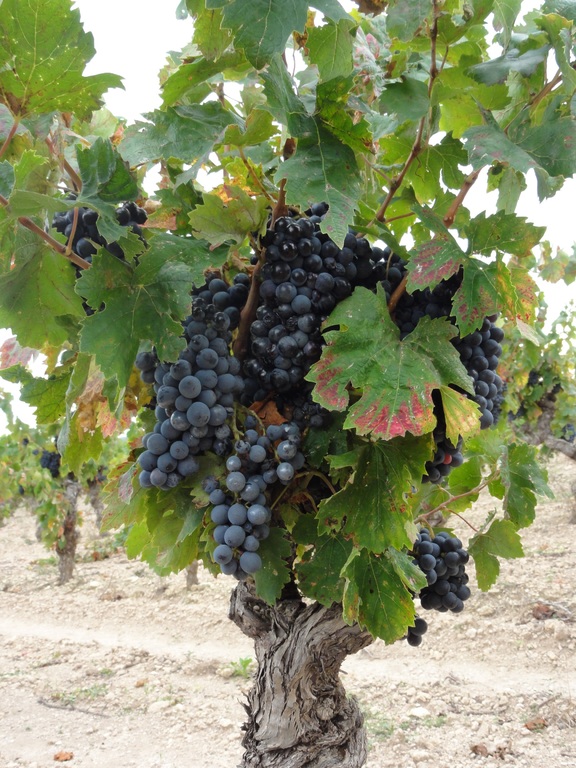
Pothos does not like to sit in wet soil, so make sure that the pot has drainage holes and that the soil is not too dense.
Location / Light
Effectuates are cultivated in a semi-shady to light location. The plant tolerates weaker light conditions and shade, but then the leaves lose their attractive markings.
The more marbled a variety is, the more light it needs for healthy growth. East- or west-facing flower windows are ideal.
South-facing windows are also an option, but the strong sun should be weakened by curtains, plants, or the like. Trees or bushes growing close to a south-facing window usually fulfill the same function, provided they do not let the strong midday sun shine directly through the window.
Since the ivy grows meter-long shoots under good growth conditions, this climbing plant is well suited for greening walls and trellises. The shoots of the ivy also grow through areas with less light within a room.
In these areas, the leaves lose their marbling and only grow green in color. As soon as the shoot grows back into a bright zone, the leaves that form there return to their original colors. However, the leaves in the dark zones retain their green tint.
Read Also:
Moderate Watering of The Ivy
Before watering, the top layer of the substrate is allowed to dry to a depth of about 2 cm. The finger test works well for verification. When the top layer of substrate feels dry enough, pour. Inside the pot ball, a light, even moisture remains, the substrate must not dry out.
When watering, give enough water that the bale is evenly moist but not saturated with water.
As soon as the first drops of water run out of the drainage hole, you stop watering. Excess water is poured off after about 5 minutes.
If you want to water the plant from below, put a little water in the saucer and wait until everything has been absorbed. This is repeated several times depending on the pot size. There should be no standing water in the saucer.
Large ivy needs a lot of water, the watering rhythm should be adjusted accordingly. To increase the humidity of the plants, the plants should be sprayed regularly with room-warm, lime-free water.
Effectuates does not tolerate waterlogging or dry balls. Excess water must be able to run off freely or poured out of the cachepot after watering because waterlogging quickly leads to root rot.
Soft, stagnant water at room temperature is used to water and spray the ivy. Ideally, clean rainwater, filtered if necessary, should be used.
Temperature
Effectuates thrive at normal indoor temperatures. Higher temperatures also call for increased humidity and watering when cultivating this plant.
In winter, the plants tolerate temperatures that have dropped to 15 to 17 °C. Effectuates should not be exposed to temperatures below 14 °C. The plants originating from tropical areas are not cold-resistant.
The beneficial temperatures should not be exceeded or fall below. Extreme temperatures and temperature fluctuations lead to heat or cold stress. If the temperatures have risen above the acceptable level, this is reflected in yellow and withered leaves.
If care is too cold or after a strong cold shock, e.g. B. by excessive airing in winter, the leaves become softer, limp, and sometimes transparent.
Fertilizer / Nutrient Requirements
From early spring to late autumn, give a liquid fertilizer every 14 days to 3 weeks according to the manufacturer’s instructions. Ivy is not fertilized between November and February.
Shortening / Cutting the Ivy Trunks
An ivy tolerates pruning without any problems. The best time is in early spring, but the plant can also be trimmed at any other time of the year.
Shoots that are too long should be cut back by a maximum of 2/3 of their length. Cutting the shoots of a plant that are not lignified is done with a sharp knife. Woody shoots are always trimmed with secateurs.
Pests, Maintenance Errors & Hints
Ivy is poisonous. This applies to humans and pets. The following symptoms can indicate poisoning with the plant: nausea with dizziness, vomiting, diarrhea, palpitations, skin rash (when the skin comes into contact with the plant sap), headaches, and even fainting.
If you suspect that plant sap or parts of the plant have been swallowed, you should immediately consult a doctor or veterinarian. It is important to know the name of the plant so that the necessary therapy can be initiated.
We have compiled first aid measures and emergency numbers for you on our Plant Poisoning page. It is particularly important to teach the children how to deal with plants correctly, as constant monitoring is not possible.
This is especially true for tempting-looking fruits, flowers, and berries. Examples of poisonous plants outdoors are lily of the valley, oleander, spindle tree, and yew. In apartments, one finds, for example, ivy, Dieffenbachia, or Lantana.
Yellow Leaves
The cause of yellow leaves on the ivy is either excessive exposure to light or chlorosis, caused by too high a lime content in the soil and the irrigation water. Waterlogging can also lead to chlorosis.
Chlorosis (jaundice) usually only occurs in plants that are hostile to lime. Help: Repot the plant and water with decalcified water. Stale, room-warm rainwater is best.
Yellow Leaves Lightened, Leaf Veins Also Light
With these symptoms, yellow-lightened leaves together with light-colored leaf veins, the ivy mostly suffers from iron deficiency. This is caused by the soil having too high a pH value.
As a rule, this deficiency is due to irrigation water that is permanently too calcareous or the wrong growing medium. Repot the plant and water with decalcified water. Stale, room-warm rainwater is best.
Yellowing and Drying Up of The Leaves
When yellow and drying leaves appear, there is a suspicion of infestation by sucking pests such as aphids, scale insects, red spiders, or whiteflies. Remedy: combating plant pests
Incorrect care of the plant can also be the cause. If insect infestation can be ruled out, read the care instructions for the plant and follow the care instructions carefully.
Fading of The Leaves
If the plant is maintained in a full sun location, the leaves of the plants will fade. Help: change the location of the plant. The place should be bright but without direct sunlight. At most, ivy can tolerate a little sunlight in the morning or evening hours.
Spots on The Leaves
Large and irregular yellow, brown, or black spots on the leaves of an ivy mostly indicate inadequate culture conditions or lack of nutrients.
The spots on the leaves of houseplants can be small and regular, large and irregular, moist and blistered, or dry and sunken.
The most commonly observed damage is small, flat, rounded, and brown spots, which usually appear after careless watering and spraying of the plant. Incorrect fertilization of indoor plants can also lead to leaf spots.
Greening Mottled Leaves
Especially the variegated varieties of the “Variegata” ivy lose their yellow, white, light green, or cream-colored leaves if they are cultivated in a location that is too dark.
Help: change the location of the plant. The place should be bright but without direct sunlight. At most, ivy can tolerate a little sunlight in the morning or evening hours.
However, if the location is several meters away from the nearest window, the incidence of light is no longer sufficient for most indoor plants.
Waterlogging
If the water drainage hole is blocked or missing, root rot can quickly develop. Therefore, when repotting the ivy, you should always put a layer of pebbles or broken pottery on the bottom of the pot.
If damage has already occurred due to waterlogging, allow the substrate to dry almost completely and then continue watering according to our care instructions.
Humidity
During the winter heating period, the ivy should be protected from the dry heating air. If you have the opportunity, you should place a bowl filled with pebbles and water with the largest possible diameter under the plant.
Spraying the plants with room-warm, lime-free water also helps the plant to cope with dry room air. In the case of elongated, rampant ivy, spraying is not always easy, as you quickly spray the walls, wallpaper, cupboards, and other furniture as well.
Pests: If the air in the room is too dry, the soil is too wet, there is too little light or if the vigor of the ivy has been reduced as a result of other care errors, these plants tend to be infested with mealybugs, spider mites or thrips.
Here you can identify damage patterns and symptoms on your plant and take countermeasures.


